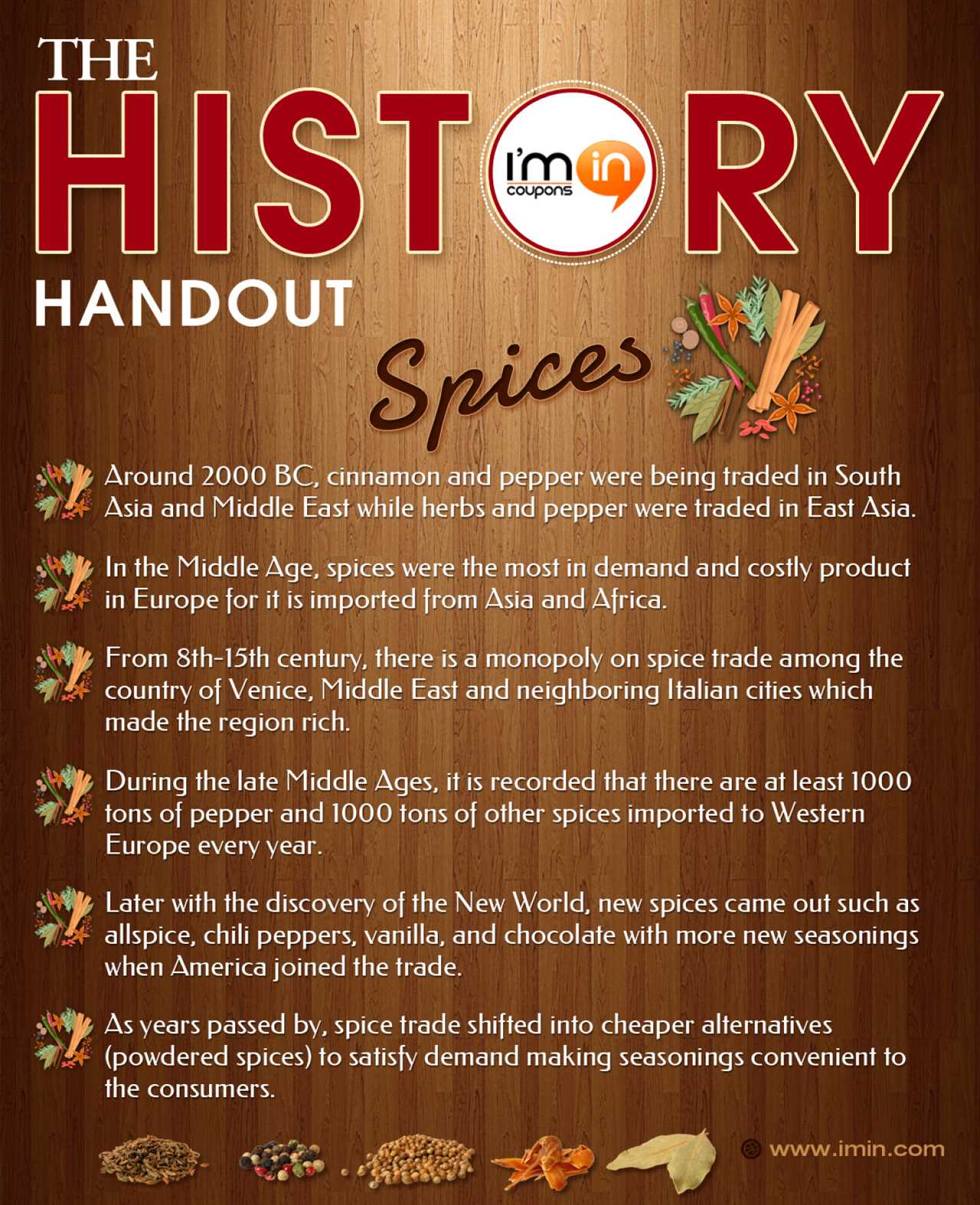
Spices are seeds, fruits, roots, or other plant matter that are used to flavor food. They are also often used in medicine, cosmetics, and religious ceremonies.
The use of spices is a cultural tradition that dates back thousands of years. However, there are many questions about their origins, preparation, and use.
Cultural significance
Throughout history, people have used spices in a variety of ways. In the ancient world, they were used to treat various illnesses, for cosmetics, and as perfume.
In the medieval and early modern periods, spices were viewed as being valuable because they were rare and exotic. In addition, they were also believed to have medicinal properties, and they were considered a valuable status symbol for the rich.
The importance of spices was largely due to their ability to enhance food flavour, colour and palatability. However, this does not explain why they are used in the first place.
The cultural significance of spices varies between regions of the world, and also depends on the climate in which they are grown. India, for example, has an ideal climate for growing a wide range of spices.
Origins
Throughout history, spices were highly valued as valuable items alongside precious metals and gems. They were used for cooking, scents and medicines.
Spices were cultivated in the Middle East, Southeast Asia, and Central Asia, and transported to Europe by sea. These trade routes were important to the development of many civilizations.
The Middle Ages saw a rise in the value of spices due to their use as perfumes and medicines, while their scents were also used to mask odors in buildings. The fragrance of frankincense and myrrh were especially sought after.
In the 15th century, Europeans started searching for new ways to find spices. This led to explorers like Christopher Columbus and Vasco da Gama who discovered new lands and traded with them.
These explorations changed the world’s economy in an incredible way. The demand for spices drove trade routes from India to Europe and beyond, redrawing the map of the world.
Preparation
Throughout the world, spices are used to season foods. They can be ground, granulated, crushed, or blended to add flavor and texture.
In the kitchen, spices are often used as an addition to a dish to make it more exciting. They also provide health benefits.
For example, garlic is a popular ingredient in many European and Asian dishes. It enhances butter and oil, enhancing the flavors of sauteed or roasted meats and vegetables.
Spices are available in many forms: fresh, dried, and frozen. Each form has its own qualities and drawbacks.
Dried spices are more economical and retain more flavor concentration than fresh ones. However, they are more susceptible to microbial contamination. This is due to their origin, storage, and processing conditions.
Use
Across cultures, spices are highly valued as both culinary and health agents. They have been used for thousands of years as medicinal herbs, for example in China, India and Mexico (5).
In Europe, spice mixtures were a luxury item that commanded an exorbitant price, often costing as much as a horse or sheep (in Germanic times). They were a status symbol for the elite and a way to add flavour to dishes.
The recent rise of ethnic cuisine has led to an increase in the use of spices throughout the world. In Europe, this trend has been driven by a change in consumers’ taste preferences and consumption habits leading to an increased preference for more ethnic and spicy flavors.
Frequently Asked Questions
What are the most common spices, condiments and seasonings that Thais use in their cuisine?
Thai cuisine is an amalgamation of influences from across Asia. Its roots are found in India and China, as well as Southeast Asia.
Freshness, the essential ingredient of Thai cuisine, is key. You get more flavor if ingredients are picked in the early stages of cooking and then cooked quickly. This is why meat, fish and vegetables, as well fruits, vegetables, herbs, seeds, and nuts are often eaten raw, then heated.
Spices and sauces add complexity and fragrance to dishes. Fresh basil, cilantro, mint, coriander (cilantro), lemongrass, ginger, turmeric, garlic, chillies, chilli paste, soy sauce, tamarind juice, oyster sauce, palm sugar, coconut milk, lime leaves, galangal root, curry powder, shrimp paste, fish sauce, tamarind water, rice vinegar, etc. These ingredients are common.
What is the most recognizable ingredient in Thai food?
Two main ingredients are the heart of Thai cuisine: curry and rice. This is how you get an unforgettable flavor.
Thais call this combination "Khao pad Krai," which translates to "the best dish." This is because the two basic foods can be combined to create something truly delicious and irresistible.
The same is true of your personal life. It is possible to achieve great success by combining the two key ingredients of hard work, perseverance, and determination.
You can achieve success, just like Khao Pad Krai. Passion and purpose are the key ingredients. You'll create something amazing if you combine them.
If you find yourself craving Thai food, keep in mind that Thai food is more than rice and curry. Try experimenting with other ingredients and see how much fun it can be!
What is the Thai use for mint?
Thai cuisine uses the most popular type of mint, the lime-leaf (Mentha cevina).
It has a mild, citrusy flavour that gives dishes a freshness and zing. Other spices such as lemongrass, galangal, garlic and coriander are also frequently added to enhance the flavour of Thai dishes.
Mint can be used as a sweet or savoury herb. To achieve authentic Thai flavours, it is important to use the right spices, herbs and aromatics.
For extra flavor, make sure to add lime-leaf mint next time you prepare a Thai meal!
Happy cooking!
Is Paprika used in Thai food?
Yes. It is a key ingredient in many dishes, such as Pad See Ew (Thai-fried rice), made from eggs cooked with coconut milk.
Thai food is a good example of paprika.
Paprika dates back more than 5,000 years to Ancient Greece. The Hungarian language, which means "pepper", is where the word "paprika" came from.
What are the most delicious Thai spices?
The best Thai spices include lemongrass, galangal, coriander, turmeric, cinnamon, and ginger. Cayenne pepper and clove are also good spices.
Rose petals, bay, pandan leaves (curry leaves), curry leaves; pandan leaves; kaffir lime leaf leaves; vanilla beans; tamarind pods; lemon grass, basil, and mine are some other valuable spices.
What spices can be used in Thai cooking
Thai cuisine is famous for its complex flavor profiles. These unique flavours are created with flavorful spices, which result in delicious dishes.
Thai cooking uses many common ingredients, including galangal kaffir lime leaf, galangal kaffir lemon leaves, chillies, chillies, garlic, shrimp paste, cumin, turmeric, and many more.
Each spice contributes to Thai cuisine's distinctive flavour profile. It is used often in soups and curries; galangal lends a slightly peppery taste to dishes; chillies add a spicy kick; garlic gives dishes an umami depth; shrimp paste adds a subtle, but fragrant, aroma to dishes; coriander brings out a mild, yet pleasant aroma to dishes; cumin adds a smoky flavor to dishes; and turmeric gives food a vivid yellow color.
Together, these spices combine to create complex flavour profiles unique to Thai cuisine. Chefs can create delicious and aromatic dishes by using a variety of spices. You can bring Thai flavors to your kitchen by stocking up on these spices.
Can you add spice into a drink
It's amazing how spices can add flavour and flavor to food. But how do you make them come alive when used in drinks?
Spices are great because they bring out the best in any beverage. From coffee to tea, hot chocolate to cocktails, there's nothing more satisfying than adding a dash of cinnamon or nutmeg to a glass of wine or beer.
But, since most recipes call to ground spices, you'll need whole spices. It makes sense but is time-consuming and expensive.
That's where the magic happens. With your creativity, you can turn your favorite spices into easy-to-use powdered products. Mix them with your favorite drinks to make delicious spiced beverages.
There are two methods to make these powders. The first involves the grinding of whole spices to make fine powder. Another uses a mortar and pestle to grind the spices into a finer consistency.
You'll find it easier to make powder than whole spices, regardless of the method. You won't run short of powder, and it keeps well.
Mixing different spices can create new flavors. You could make minty water by combining spearmint and peppermint. You can also make spicy ginger-ginger tea by combining ginger and cardamom seeds.
Once you have mastered the art of making powdered spices you can use that same technique for herbs. Basil, rosemary, thyme and sage are some of the most popular herbs.
The possibilities are limitless. Powdered spices are a great way to make your drinks more flavorful or to enhance dishes like soups and salads.
Statistics
- According to Healthline, pink Himalayan salt is estimated to contain up to 84 minerals and trace elements, which gives the salt its special pink color. (spicecravings.com)
- India contributes to 75% of global spice production. (en.wikipedia.org)
- According to a recent survey, professional chefs and many home cooks use spices; usage has only continued to grow from 2011 to now. (hospitalityinsights.ehl.edu)
External Links
amazon.com
- Amazon.com. Spend less. Smile more.
- Amazon.com : Morton & Bassett Whole Nutmeg 1.9 Oz : Nutmeg Spices And Herbs : Grocery & Gourmet Food
healthline.com
pubmed.ncbi.nlm.nih.gov
penzeys.com
How To
How to choose which spices to buy
To cook, you'll need to know how to choose the right herbs and spices for your recipes. There are hundreds of options, so where do you begin when deciding which ones to add to your pantry?
There are three main factors to consider when choosing spices: flavour profile, shelf life, and cost. You can choose to use different flavour profiles depending on whether your cooking involves meat, poultry or fish, vegetables and pasta. Once you've settled on a category, it's time to narrow down your choices.
Shelf lives vary greatly too. Some spices can last forever while others go bad quickly. Cayenne pepper, for example, can last years while oregano, on the other hand, loses its potency within two months. There's also the cost. Spices can cost anywhere from $1 per tablespoon up to $100 per ounce. This means you need to balance quality and price.
Also, consider whether organic or not organic ingredients. Organic products are less chemically and pesticide-laden than other alternatives. They are better for your environment and health. They can be more expensive, so it's important to weigh the costs and the benefits.
Online shopping is the best way for you to make sure that you have the right spices in your kitchen. Online retailers provide comprehensive information on every product, including pricing, reviews and ratings.
Once you've narrowed your list, you can order directly from the retailer. After you have received your items, keep them safe in an airtight container away from heat or light.
Resources:
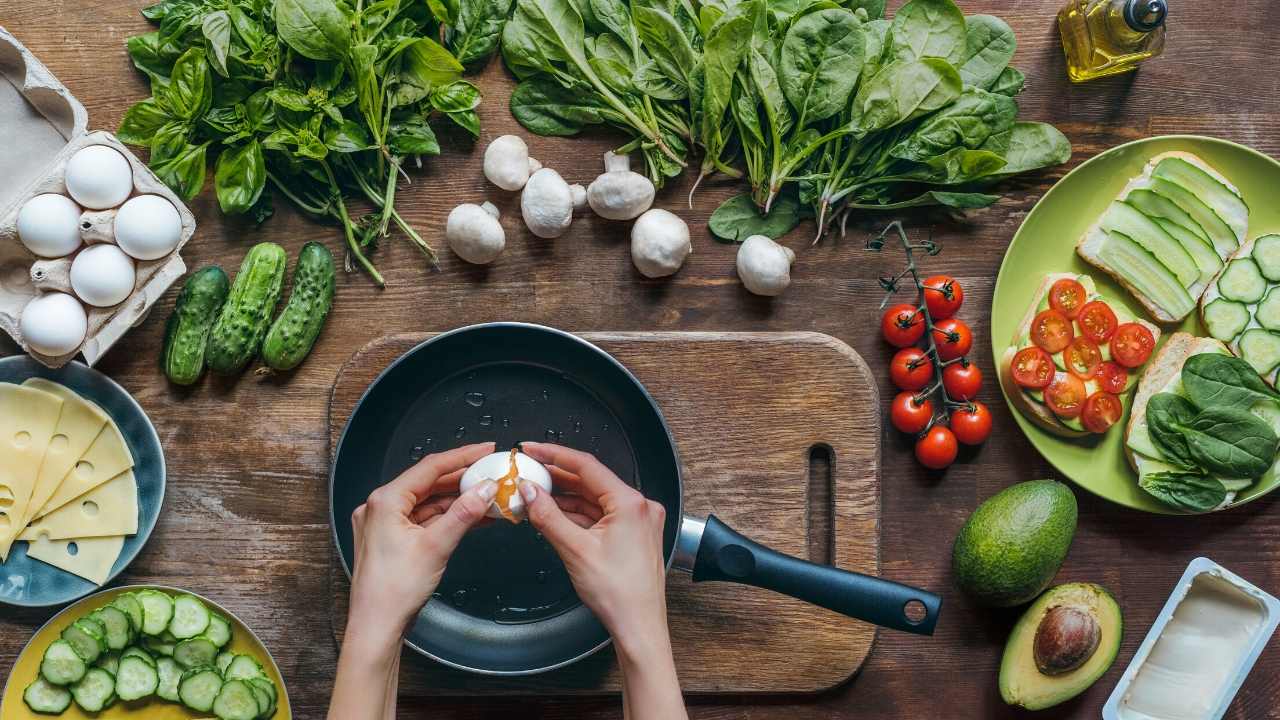 |
What Happens If You EAT WALNUTS Everyday For 30 Days? | Dr. Steven GundryIf you’re looking for a new snack, look no further than WALNUTS! These versatile, delicious, nutritious nuts are one of the best options to snack on to improve |
 |
2 Chefs Try to Identify Spices by Taste | Sorted FoodToday we flip the script and put our chef Ben and guest chef James in the hot seat to guess some spice blends! It’s absolutely a competition and we haven’t |
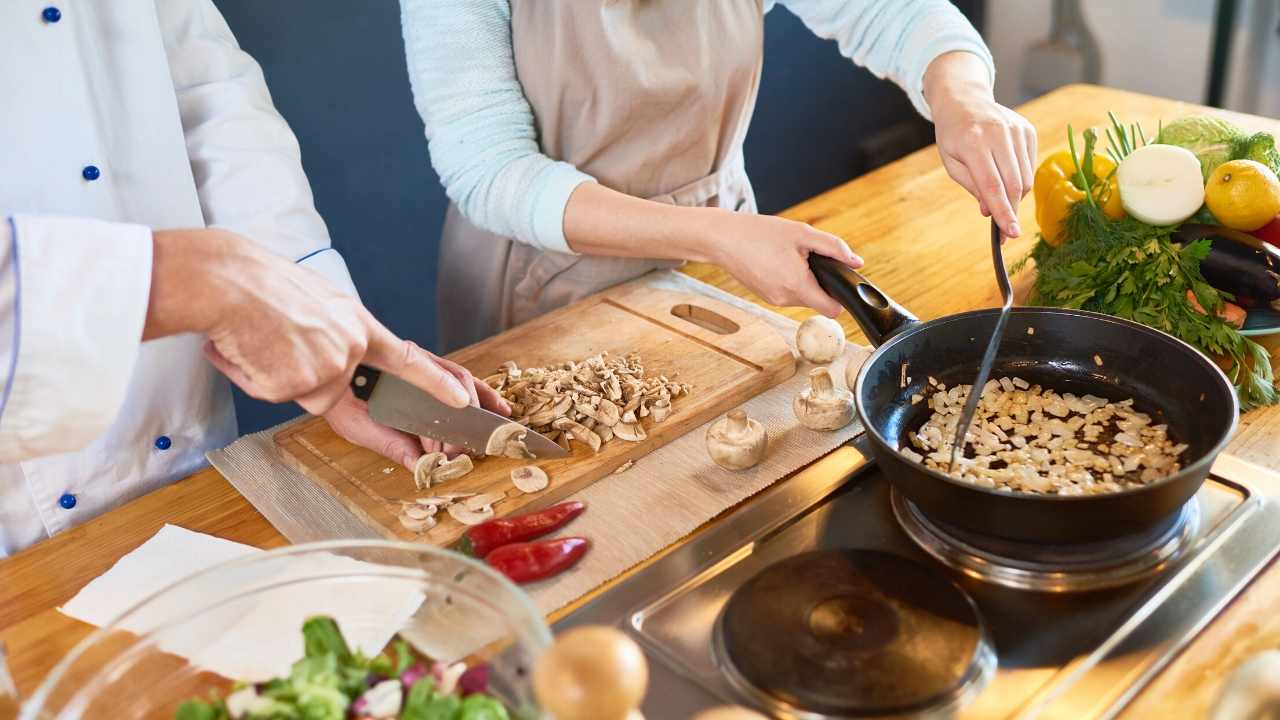 |
Why Did These Strange 1950s Inventions Kill So Many People?| Hidden Killers | Absolute HistoryDr Suzannah Lipscomb looks at the hidden dangers of the British post-war home. In the 1950s, people embraced modern design for the first time after years of |
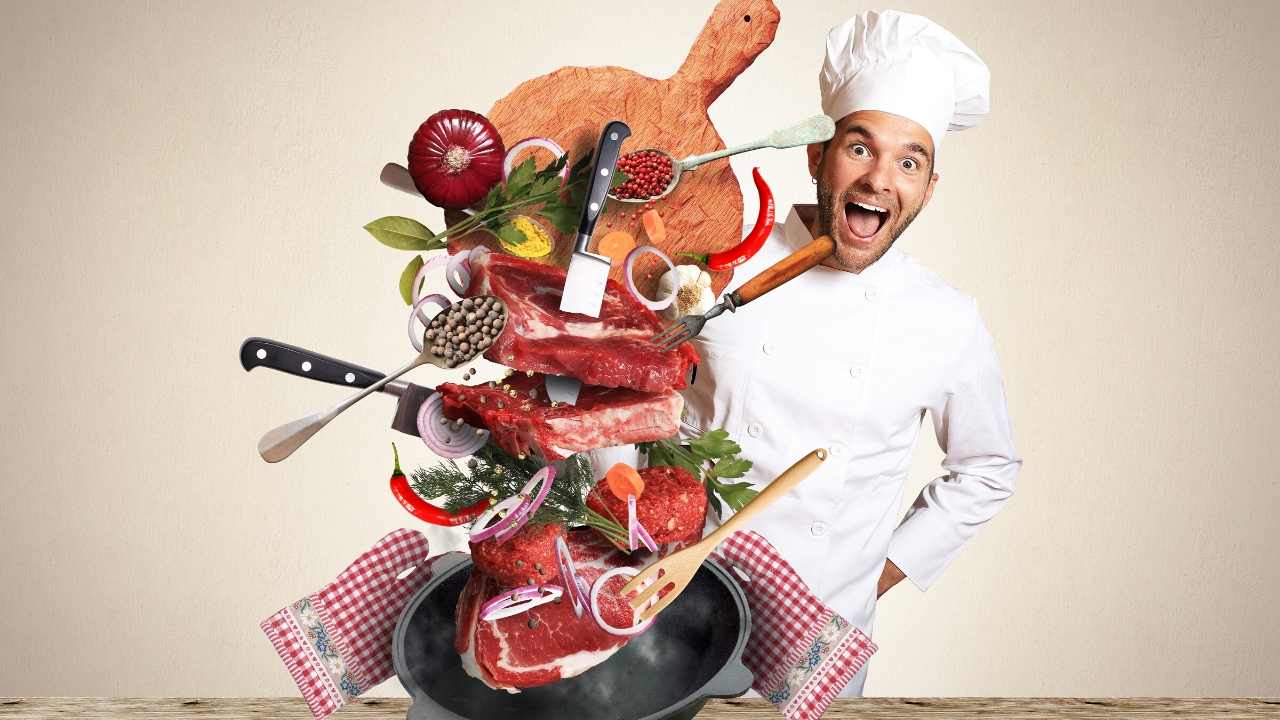 |
The 5 SURPRISING Vegetables You Need To Eat To STAY HEALTHY! | Dr. Steven GundryWe are taught that all vegetables are healthy for us. Dr. Gundry says that is FALSE and not all vegetables are built the same! That’s why he’s here to share |
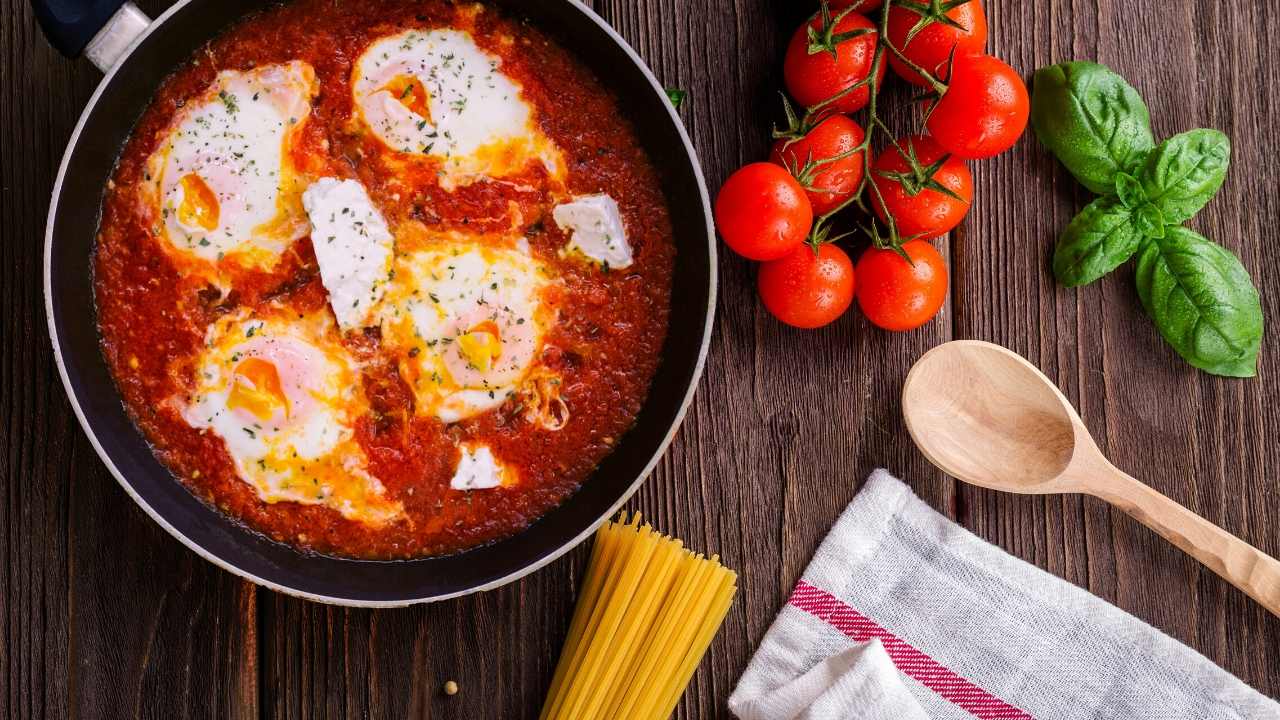 |
The SHOCKING Superfoods You Should NEVER EAT! | Dr. Steven GundrySuperfoods - we’ve all heard about them but what are they really? On today’s episode Dr. Gundry dives right into the superfoods you should and should NOT |
 |
Spice Expert Guesses Cheap vs Expensive Spices | Price Points | EpicuriousIn this episode of 'Price Points', Epicurious challenges spice expert Ethan Frisch of Burlap & Barrel to guess which one of two spices is more expensive. Ethan |
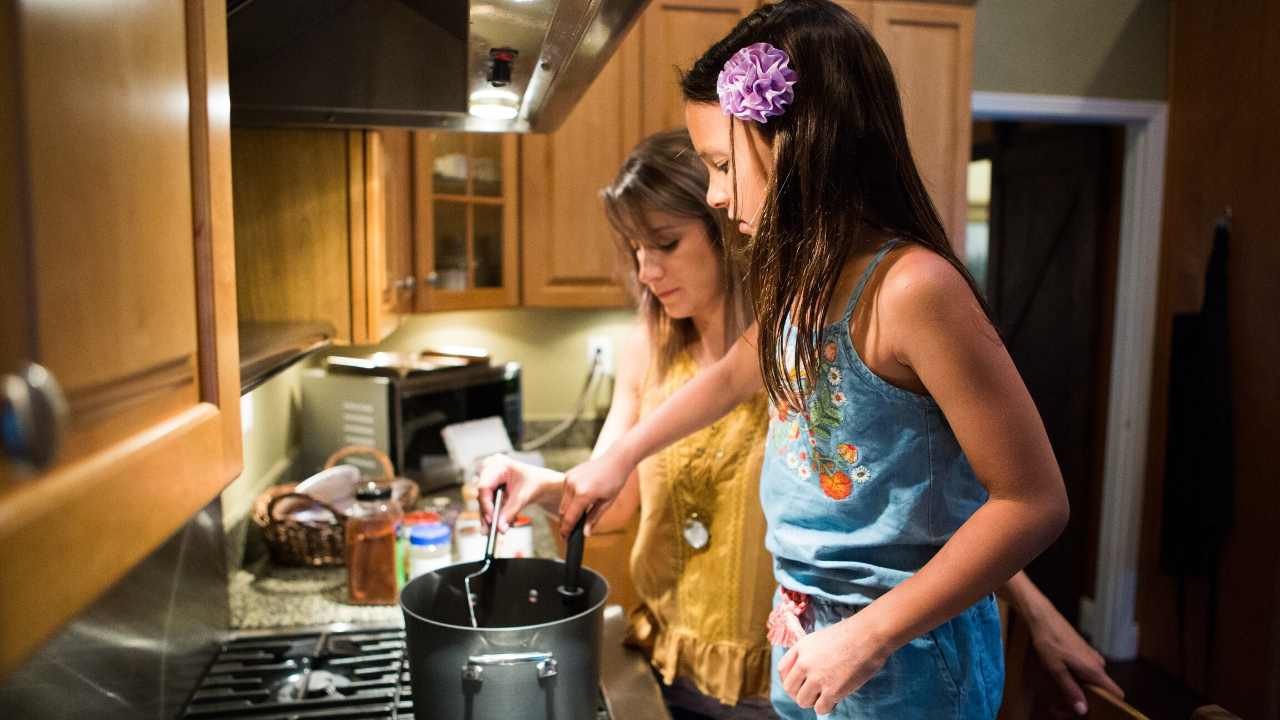 |
Are Burger King''s Spicy Chicken Fries TOO Hot?For a limited time, Burger King has released their new Spicy Chicken Fries! Featuring a blend of spices added to their classic Chicken Fries, I'll find out how |
 |
Spice - Wikipediadefinition of spices |
 |
How Did Nutmeg Cause Wars In Indonesia? | The Spice Trail | Absolute HistoryKate Humble embarks on a journey around the fabled spice islands of eastern Indonesia in search of two spices that launched epic voyages of discovery, caused |
 |
Learn Every Single Technique For Using Spices in One DishShop the gear in this video (and more) at ProHomeCooks.com ➡️ https://prohomecooks.com/ Getting your kitchen gear from Pro Home Cooks supports more content |
 |
The SHOCKING BENEFITS of Spices On Your Health! (Take One Teaspoon Of This) | Dr. Steven GundryWe all use spices to cook, but did you know that they can be a great tool to incorporate more beneficial polyphenols into your diet? That’s right, with just |
 |
Poultry Seasoning For TurkeyIf you're looking to spice up your turkey meals, you should consider putting poultry seasoning on your bird. Not only is it a great way to add some.. |
 |
Delicious Seasonings to Add Flavor to Your DishesIf you're looking for delicious seasonings to add to your dishes, you're in the right place. There are many options out there, from chili powder to.. |
 |
How to Add Spices to Mac and CheeseThere are a number of spices that you may want to try out when cooking mac and cheese. Some of these ingredients include red peppers, oregano,.. |
 |
Chaat Masala and Garam MasalaChaat masala is a type of spice mix that is used to flavor chaat. It is made from several spices, such as cumin, dried ginger, coriander, asafoetida, |
 |
27 Essential spiecs you need to knowImportant spices in cooking |
 |
No Salt Seasoning BlendsIf you want to make the perfect grilled chicken or steak, it's time to try a no salt seasoning blend. It's the best way to add flavor to any dish.. |
 |
Coriander Ground Vs Coriander WholeCoriander is one of the most popular herbs used for cooking and can be either whole or ground. Its taste is very mellow, and is perfect for adding a.. |
 |
Homemade Blackening SeasoningMaking your own homemade blackening seasoning is a great way to add flavor and freshness to your dishes. This spice mix can be used in a variety of.. |
 |
Sweet Potato RavioliSweet potato ravioli is a popular pasta dish that is very easy to make. The recipe uses sweet potato as the filling and makes a light and filling.. |
 |
Greek SeasoningGreek seasoning is a common spice used in many types of dishes. For example, it can be used as a dry rub on chicken wings before baking, or it can be |
 |
AbgooshtAbgoosht is a hearty Persian soup that is made from mutton. It is a traditional stew that is thickened with chickpeas. It is also known as Dizi... |
 |
Greek Cabbage RollsOne of the most popular dishes you can find on the menu at Greek restaurants is cabbage rolls. They are a great option when you're on the go and need |
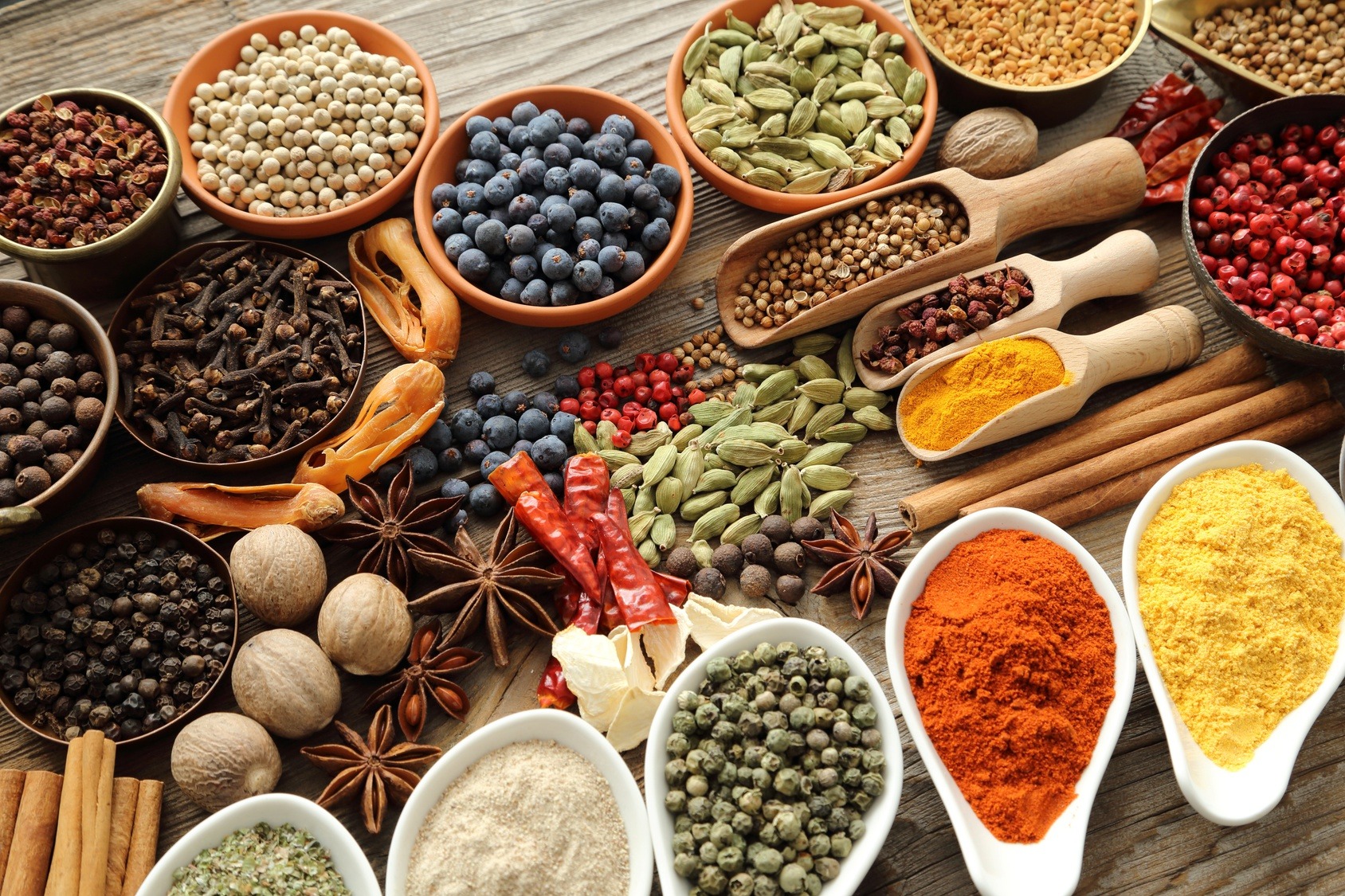 |
Your Herbs and Spices Guides & BlogsHerbs, spice & everything nice, these blog and articles explain the many uses of spices, including spices for weight loss, spices for brewing, and how to store |
 |
Mexican Cauliflower Rice RecipeIf you have been looking for a healthy meal option, you can try making Mexican cauliflower rice. This delicious recipe combines a blend of vegetables, |
 |
A Guide to Indonesian FoodIndonesia is an archipelago country and its cuisine is a mix of regional culinary traditions. Its dishes include sweet and savory dishes, based on.. |
 |
How to Make Homemade Spaghetti SauceSpaghetti is a very popular Italian dish that is made from durum wheat semolina. It is also often enriched with vitamins and minerals. Some people.. |
 |
How to Prepare a Chicken on Skewer RecipeIf you're looking to cook up a tasty meal for the family, why not try out a chicken on skewer recipe? This is a fast, easy dish that your whole.. |
 |
Powdered SpicesThe ingredients for powdered spices are usually either individually roasted or are a combination of a variety of different spices. These include.. |
 |
Air Fryer Chicken ParmesanIf you want to find a delicious and quick way to cook your favorite chicken dishes, try using an air fryer. The results are fantastic and are sure to |
 |
What Type of Cardamom Should You Use in Your Cooking?Cardamom is an ancient spice, used for centuries in the kitchen. When you're using cardamom in your cooking, there are a few things you should know... |
/spices-5689d3013df78ccc1533efad.jpg) |
The Chopping Block Cooking Blog | spicesspices | Visit our blog for recipes, cooking tips and techniques as well as our staff's favorite eats and travel adventures. |
 |
Lasagna SpicesFor people who enjoy lasagna, there are a variety of spices to choose from. Some of the spices include paprika, cayenne pepper, thyme, and fresh.. |
 |
Italian Dressing RecipesIf you are looking for a new way to dress your favorite dishes, you may want to try one of the many Italian dressing recipes out there. These.. |
 |
VIETNAM BUSINESS NEWS OCTOBER 13 - PepperHCMC economy gains strong growth in Jan-SeptGross regional domestic product (GRDP) of HCMC between January and September reached nearly VND1,100 trillion in |
 |
SALMONELA - EU strengthens measures against brazilian pepperAt the beginning of October the European Spice Association inssued a letter direcyed to it members,stating that EU Commision will strengthen the rules on |
 |
Cloves Market Latest NewsRoyal Golden's Cloves Market Latest NewsBy Parsram DhiraniMadagascar - With weeks of slow progression of incoming new crop from field, goods are now |
 |
Important Report - Brazilian Pepper ContractsSince the middle of November when the rainy season finaly came to Brazil, bad weather and heavy rains are threatening Pepper production areas disrupting |
 |
BRAZIL - PEPPER PRODUCTION SUFFERING BAD WEATHERPARTIALLY FLOADED PEPPER PLANTATION IN LINHARES - ESThe heavy and constant rains that have been happening non-stop for more than a month are hampering the |
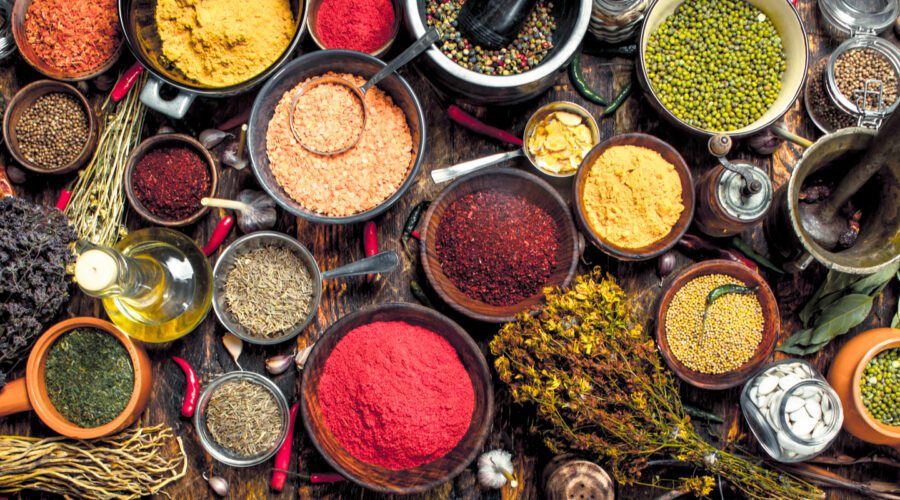 |
Spice Talk - Spice Station - New Ideas for Cooking with Spices!This spice blog writes about Indian fenugreek, Canadian coriander, Egyptian dill weed, Syrian Aleppo pepper, Granada nutmeg, & more from around the world. |
 |
CARDAMOM - Guatemala in line to export around 55,000 MT for the 22-23 SeasonPlease read the short report/comment we received of an operator ofCardamom in GuatemalaHello friends, looking forward to seeing you again next week, wanted to |
 |
UPDATE - VIETNAM PEPPER PRICES FEB 22February 22, 2023|Black Pepper Offers, Vietnam Market Update This week, China is buying slowly, people expect the price will come down a little bit but today, |
 |
Vietnam Pepper exports hit 129 million USD in first two monthsVietnam exported over 41,000 tonnes of pepper worth 129 million USD in the first two months of this year, up 35% in volume, but down 7.4% in value over the |
 |
GLOBAL MARKET OVERVIEW GARLICMarch 2023FreshPlaza.comThe global garlic market is experiencing mixed fortunes, according to recent reports from around the world. In the Netherlands, demand |
 |
Vietnam Pepper market update 13th March 2023 – Week 10.- Pepper price has had an impressive increase in 2023 with an increase from 61,000vnd from January 1, 2023 to 67.000vnd until March 12, 2023, corresponding to |
 |
Blog | Herbs Spices and Seasonings | High Quality | World of SpiceWorld of Spice is your online store for a massive range of High Quality Herbs Spices and Seasonings. Wholesale, Foodservice and Catering High Quality Herbs |
.png)





